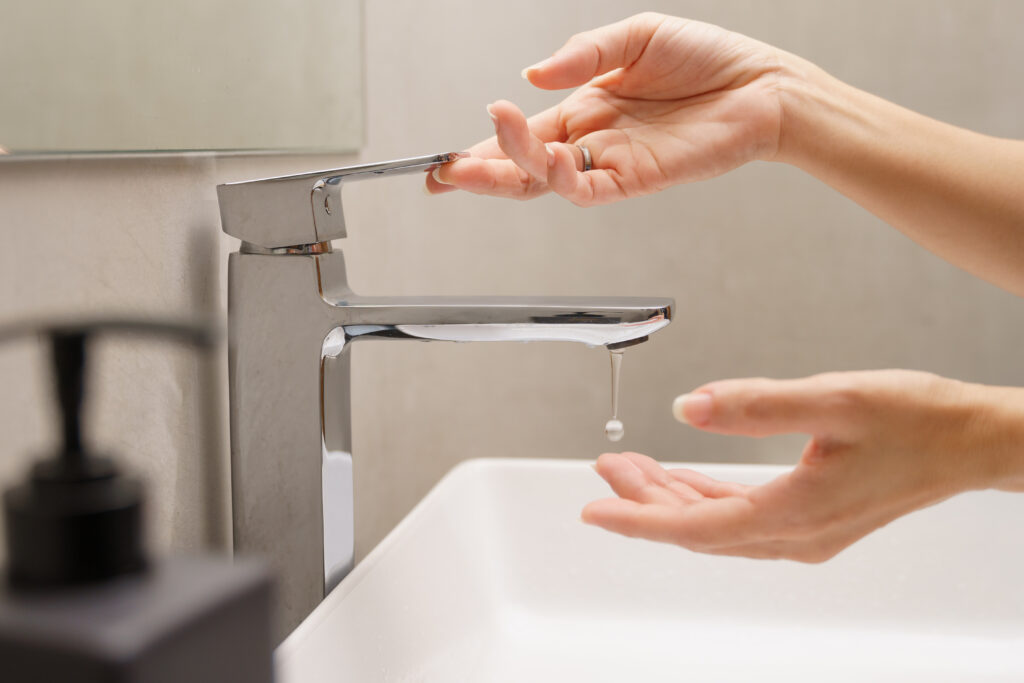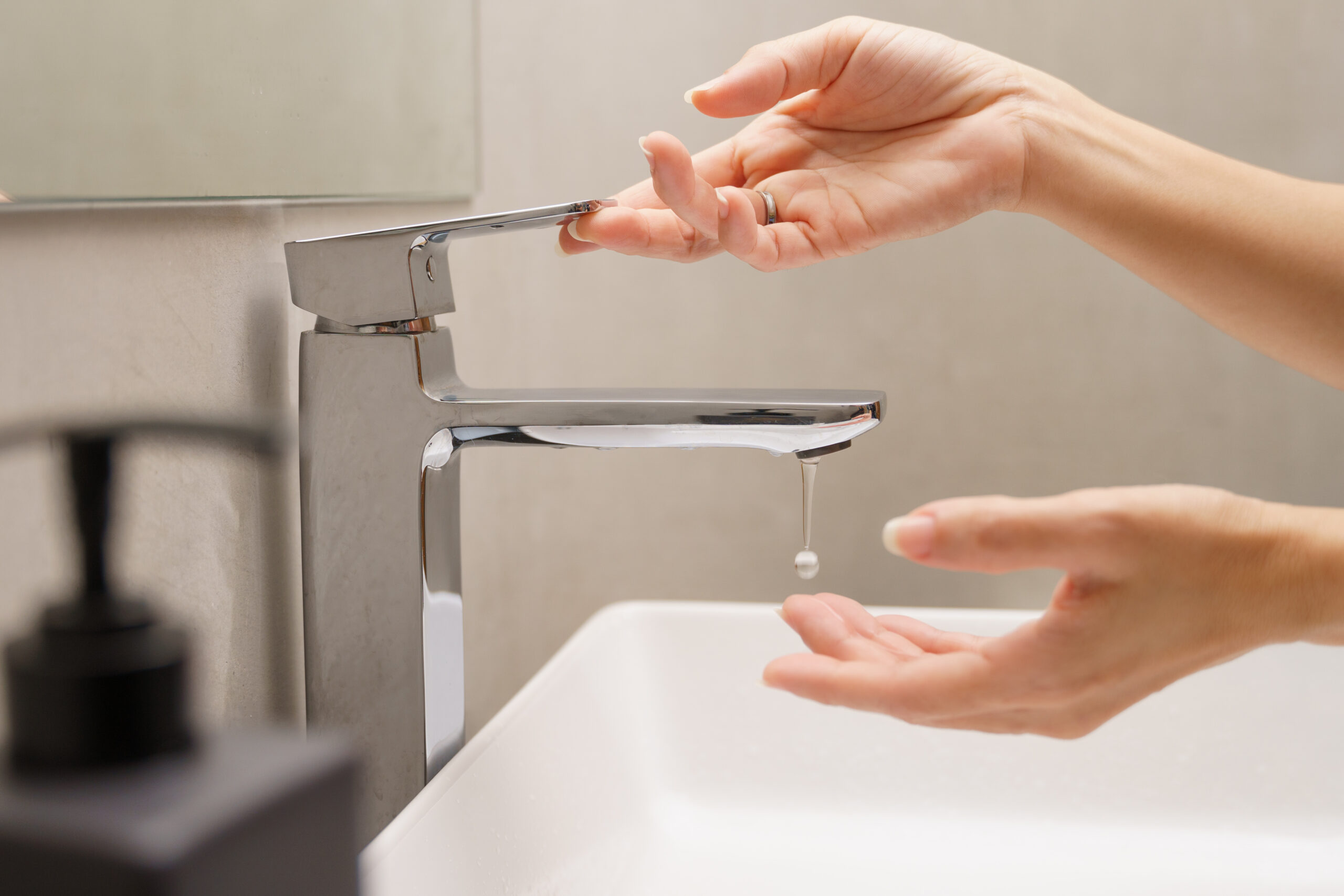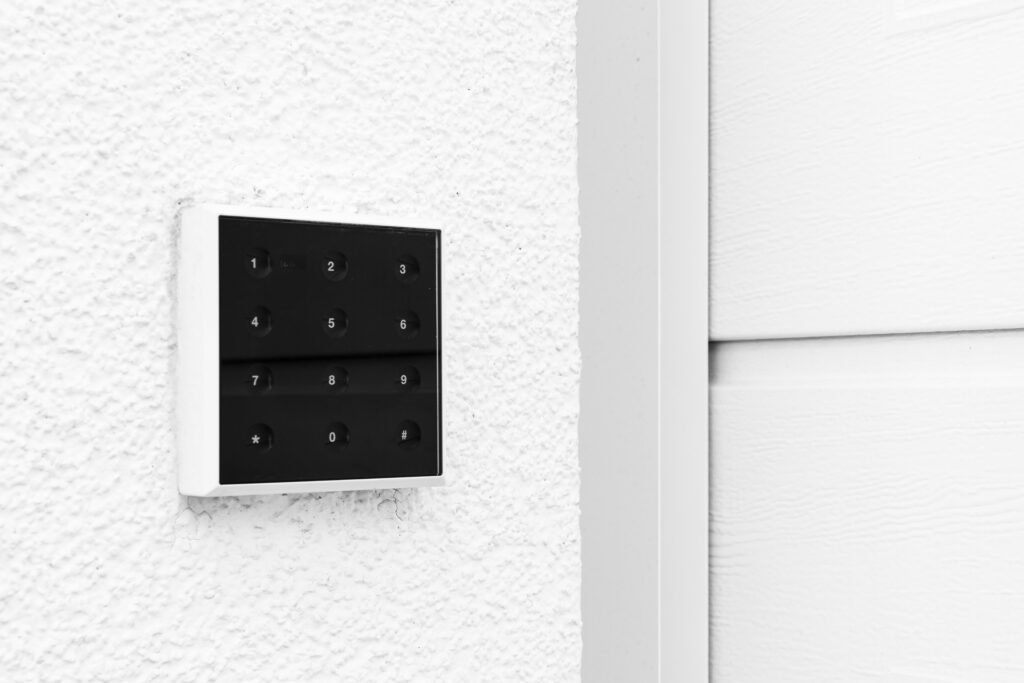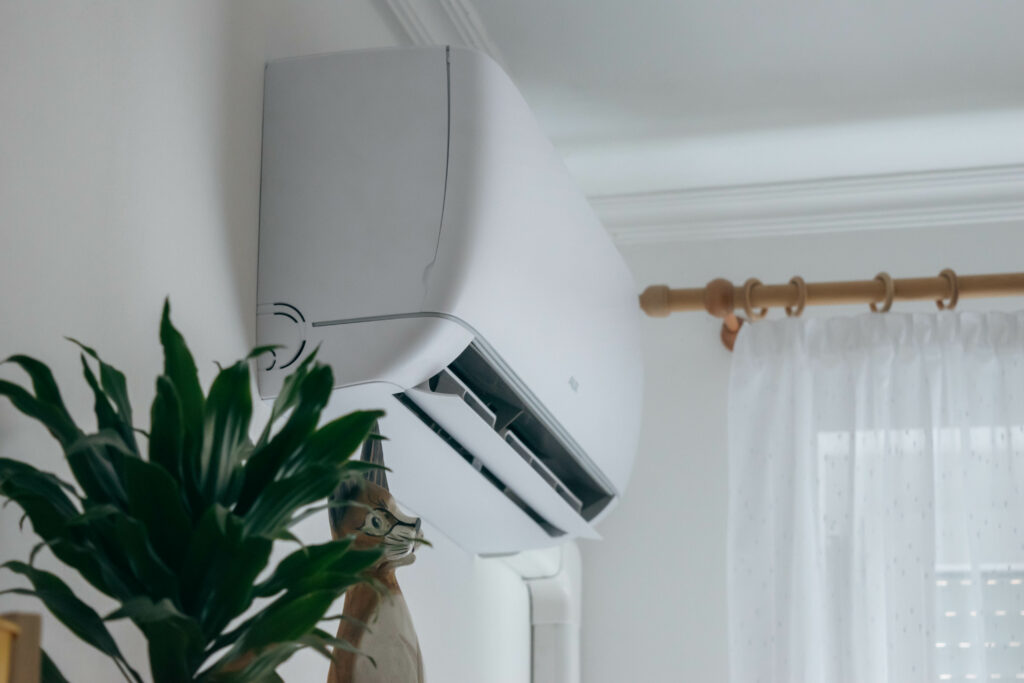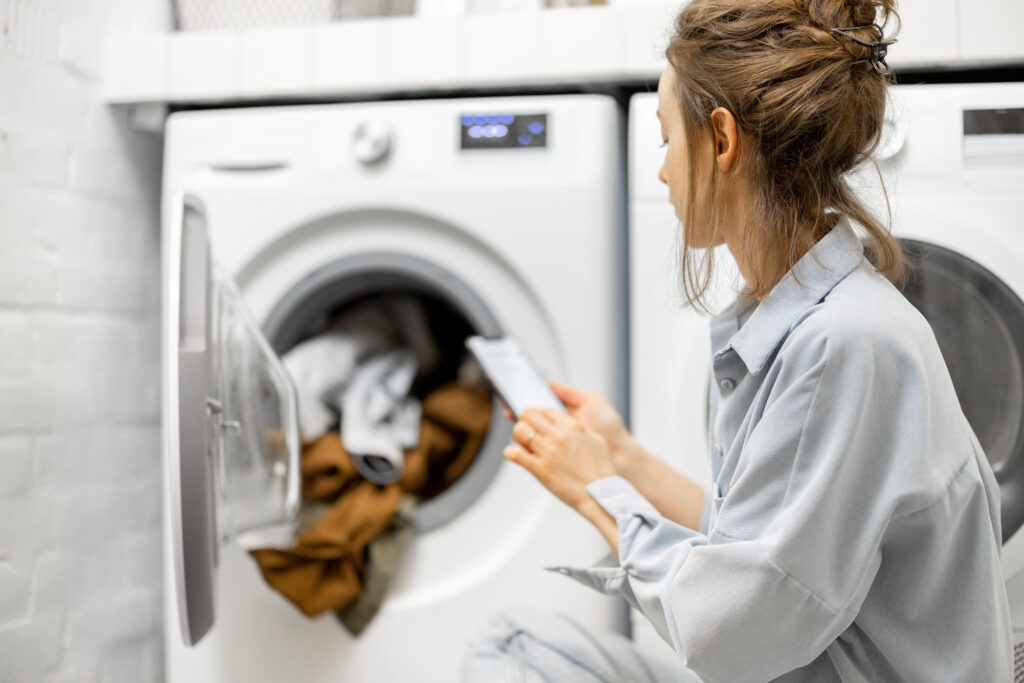Why Winter Water Shut-Off Matters: A Homeowner’s Guide to Avoiding Frozen Pipe Nightmares
It’s officially cold enough to see your breath—and whether you’re sipping cocoa or shoveling snow, one thing’s for sure: your pipes are feeling it too. As temperatures plummet, water lines become vulnerable to freezing, cracking, and, yep, catastrophe-level bursting. That’s where winter water shut-off comes in. If you’re wondering what it is, how it works, and whether you should care, you’re absolutely in the right place. Let’s face it, winter home maintenance isn’t glamorous, but frozen pipes? Even less so. This guide breaks down what winter water shut-off means, why it’s an unsung hero of cold weather prep, and how it connects to smarter, warranty-backed homeownership.
What Is Winter Water Shut-Off, Anyway?
The winter water shut-off is exactly what it sounds like: turning off and draining outdoor or unused water lines to prevent them from freezing. Simple enough, right? But behind that simplicity is a surprisingly essential piece of winter home safety. When water freezes, it expands with enough force to crack or burst even metal pipes. And if you’re not home to notice? That small crack can become an indoor skating rink before you know it. Homes in colder climates are especially at risk, but even warmer places aren’t immune. Cold snaps don’t send RSVPs—they just show up.
How Does the Winter Shut-Off System Actually Work?
Most modern homes have a designated outdoor water shut-off valve, usually located inside—often in your basement, crawlspace, or utility room. Turning this valve off before winter stops water from flowing to outdoor spigots and irrigation systems. Then you open the corresponding outdoor faucets to let any lingering water drain out. Some advanced setups include “frost-free” faucets or automatic shut-off systems that handle this for you (neat, right?). If all this sounds very DIY, that’s because it often is—but don’t worry, it’s easier than assembling an Ikea chair and usually requires fewer angry mutterings.
Why Homeowners Should Care About Water Shut-Offs
Let’s talk about damage. When pipes freeze and burst, water can pour in behind walls, under floors, and into places no mop was ever meant to reach. The average burst pipe claim? Around $10,000. And during the winter, plumbers are stretched thinner than your last tube of toothpaste. Shutting off water, draining systems, and insulating pipes is a small step with massive payoff. For homeowners with home warranties, it’s also part of being a responsible policyholder. Many plans won’t cover burst pipe damage caused by neglect—so skipping winter shut-off could cost you financially, even if you have coverage. Think of it as winterizing your peace of mind.
The Pros and Cons of the Shut-Off Strategy
Nothing’s perfect, and yes, winter water shut-off has its tradeoffs. On the plus side? It’s fast, easy, low-cost prevention. Most homes already have the setup in place, and once you know your valves and layout, the process typically takes under 30 minutes. A quick turn of the wrist and boom—crisis averted. On the downside, it means outdoor water becomes unavailable until spring, which can be a pain if you’re trying to rinse muddy boots or wash the dog mid-February. Also, if you mess up (like forgetting to drain an outdoor pipe), it could still freeze. So, is it perfect? No. Is it worth doing? Absolutely.
Common Missteps Homeowners Make
Let me guess—you meant to shut off your water before the first freeze, but…you blinked and it was already 19°F? Don’t sweat it. Happens all the time. Other frequent blunders? Not locating the right shut-off valve (spoiler alert: it might not be labeled), failing to drain all external connections, or leaving hoses attached outside. Leaving hoses connected, in particular, traps water in the spigot and pipes. That’s basically an ice bomb waiting to blow. And if you’re traveling over the holidays, it’s crucial to shut off your main supply entirely. Coming back from vacation to a burst pipe situation is a real nightmare before—or after—Christmas.
How This Ties Into Your Home Warranty Coverage
Here’s a curveball: most home warranties don’t cover the damage caused by freezing pipes unless you’ve taken reasonable steps to prevent it. Translation: shutting off water lines before winter isn’t optional if you want your plan to come through when you need it most. It’s part of being what warranty providers call a “responsible homeowner”—not just paying your premiums, but also taking preventative action. Some plans will cover the plumbing repairs, but not reconstruction or water damage. Others may deny the claim entirely if there’s evidence the system wasn’t winterized. Moral of the story? Shut it off, or risk being shut out of your coverage benefits.
How Armadillo Makes Winter Prep Easier (and Smarter)
At the end of the day, winter water shut-off is one of the easiest ways to protect one of your home’s most essential systems: your plumbing. And when the temps drop into single digits, it’s comforting to know you’ve got backup from a reliable home warranty. That’s where Armadillo comes in. We’re not just here for repairs—we’re here for the whole homeowner journey. From helping you understand seasonal checklists to covering eligible breakdowns when things don’t go as planned, we’ve got your back. Explore our coverage options at armadillo.one and start building your plan today at our plan builder. Stay frosty out there—but not your pipes.
















